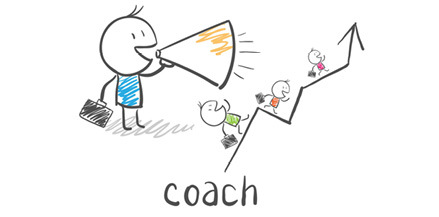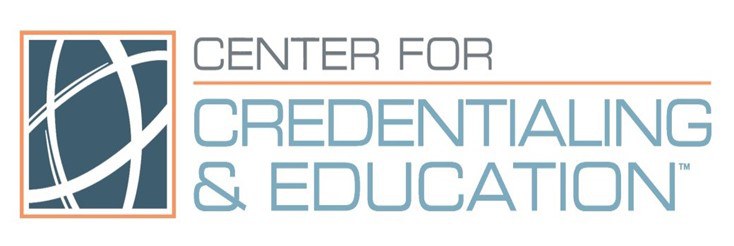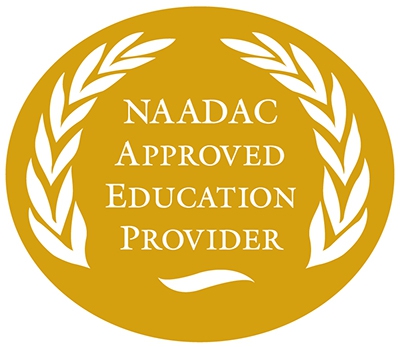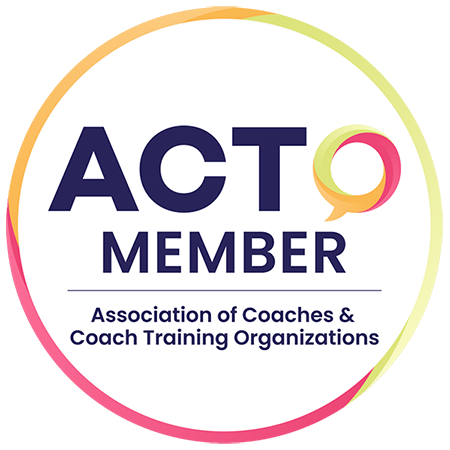
By: Kimberly Gleason
Brian gets things done. Not only does he get things done, he can tell everyone else how to get things done too. Spreadsheet need re-working? Bam! He’ll tell you how you ought to do it. Not sure which marketing technique to employ? He’ll list the options, and which one will work best. Staff party coming up? Why, he was an event planner in a former life.
Yes, Brian is as smart as a whip—and a sting to match. Staff hide behind corners when he comes around. The few brave ones gossip about his “Almighty-ness,” making snide remarks about the way he dominates others.
But unfortunately for Brian, top-down, command and control style leadership is no longer viewed in the workplace as positive or practical. A style (or tool) that is being used more, on the other hand, is coaching.
Coaching, according to the International Coach Federation is a process or tool that “builds the [coachee’s] level of awareness and responsibility and provides the [coachee] with structure, support and feedback. It requires collaboration…to reach shared goals.”
While it is not easy to create a coaching culture, in order to compete in the ever-changing business landscape, leaders must learn how to coach. Why? Here are three reasons:
Coaching empowers.
One of the hallmarks of coaching is asking powerful questions. And asking good questions leads to empowering others to take ownership of their roles and responsibilities. Putting the ball back in the employee’s court demonstrates leaders’ confidence in their staff’s ability to handle the day-to-day challenges of the workplace by implementing their own ideas, values, passions, and strengths.
Coaching builds trust.
When leaders coach, they are essentially stating, “I believe that you are capable of handling this and so much more. I value and appreciate your contributions and insights. You are my business partner.”
Janet, one of my clients, revealed to me upon the completion of our coaching engagement, an entry she had made in her journal after our first session: “I’m not sure I like this. I do not trust her yet.” Funny, considering we had laughed—a lot—throughout much of our sessions over the previous months. You know what built her trust in me? Assurance of confidentiality. Mutual respect. Acknowledgment and reflecting back to her what I heard. And rather than advising her what to do, I coached her toward creating her own solutions. She realized she could trust me because I trusted her.
Coaching improves performance.
It’s not surprising then that research shows performance improvement via coaching. Through coaching, people are empowered and engaged. Consequently, they are more effective and productive. For this reason alone, leaders need to learn this key competency. Yes, the people part of business is undeniably important, but so is the bottom line.
And speaking of the bottom line: If leaders want results, let alone innovation, creativity, and motivated employees, coaching is a skill they should add to their toolbox. It simply requires training and practice. What better way to invest in leadership?
Kimberly Gleason, of Kimberly Gleason Coaching, is a Grand Rapids-based personal and executive leadership coach, author, speaker, and trainer. She helps people and organizations to flourish, reach their potential, and achieve their personal, professional, and organizational goals. Check out her free e-books, blog, resources, presentations, and programs at www.kimberlygleasoncoaching.com.



